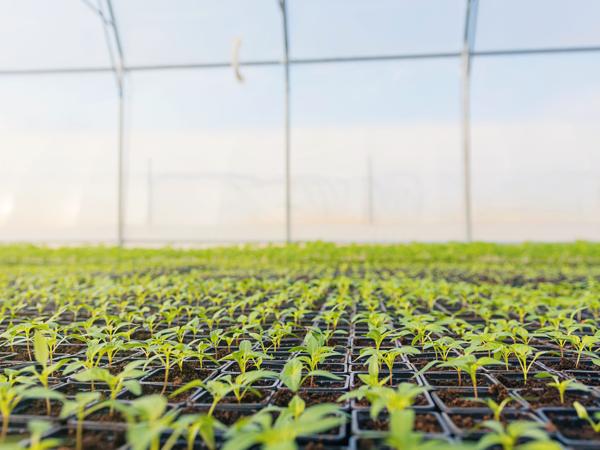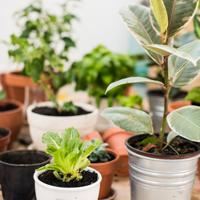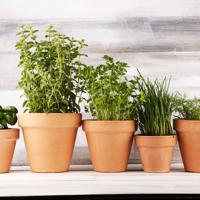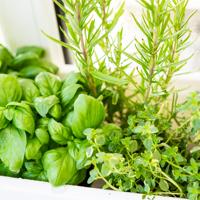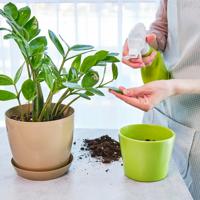Indoor gardening is a delightful endeavor, allowing individuals to grow plants in any setting. A crucial element for success in this arena is providing suitable lighting. Among the many options available, LED and fluorescent lights are popular choices. Both have strengths and weaknesses, making it vital to understand them to make an informed decision for your gardening needs.
Understanding the Basics
LED Lights
LED (Light Emitting Diodes) lights have gained popularity in recent times due to their energy efficiency and longevity. They work by passing an electric current through a semiconductor material, which emits light—a fascinating technology with several advantages.
Fluorescent Lights
Fluorescent lights, on the other hand, have been a staple in indoor gardening for many years. They function by passing electricity through a gas, causing a phosphorescent coating on the inside of the tube to emit light. These lights have been favored due to their affordability and the broad light spectrum they provide.
Comparing LED and Fluorescent Lights
Energy Efficiency
One notable distinction between these lights is energy consumption. LED lights generally consume less electricity compared to fluorescent lights. This lower energy usage translates to reduced utility bills, especially beneficial for avid indoor gardeners with extensive setups.
A study by the U.S. Department of Energy highlights that LEDs use up to 75% less energy than traditional incandescent bulbs and last 25 times longer. This efficiency is attractive, particularly for those keen on minimizing environmental impact.
Longevity
LED lights tend to outlast their fluorescent counterparts. While fluorescent bulbs typically last for 7,000 to 15,000 hours, LED lights often reach up to 50,000 hours. This considerable difference means less frequent replacements and potential long-term savings.
Light Spectrum
The spectrum of light provided by a bulb is crucial for plant growth. Fluorescent lights offer a broad spectrum that mimics natural sunlight, which is beneficial for most plants. These lights are particularly good for seedlings and leafy greens that flourish under bright, indirect light.
In contrast, LEDs can be customized to emit specific wavelengths of light. This adaptability allows gardeners to optimize growth conditions for different plants, promoting healthier fruiting and flowering stages. Nonetheless, effective use requires understanding the specific light needs of your indoor plants.
Initial Cost
When it comes to initial expenses, fluorescent lights have traditionally been more cost-effective. They are widely available and generally cheaper upfront than LED fixtures. However, as LED technology becomes more common, prices are decreasing, making them a more affordable option in the long term when factoring in energy savings and longevity.
Heat Output
Heat output is a critical factor in indoor gardening. High temperatures can harm plants, causing issues such as wilting or leaf scorch. LEDs generate very little heat, reducing the risk of plant damage and removing the need for additional cooling solutions.
Fluorescent lights do produce some heat, but it’s relatively minimal compared to other lighting technologies like incandescent bulbs. However, gardeners should monitor their plants to ensure that heat levels remain acceptable.
Making a Choice
The decision between LED and fluorescent lights ultimately depends on individual needs and circumstances.
If you’re a beginner or have a limited budget, starting with fluorescent lights might be appealing due to their affordability and versatility.
However, if you’re looking for a long-term solution and are willing to spend a bit more initially, LEDs provide energy efficiency, spectrum customization, and longer lifespan advantages.
Final Thoughts
Choosing the right lighting for indoor gardening is a personal decision that should reflect your gardening goals and values. LEDs and fluorescent lights each have unique attributes that can support your journey towards sustainable gardening.
Both options offer a path to nurturing a vibrant indoor garden, contributing to a rewarding garden-to-table lifestyle. As technology advances, it’s exciting to watch how lighting for indoor gardening continues to evolve.
Embrace the process, experiment, and enjoy the fruits (or vegetables) of your labor.
